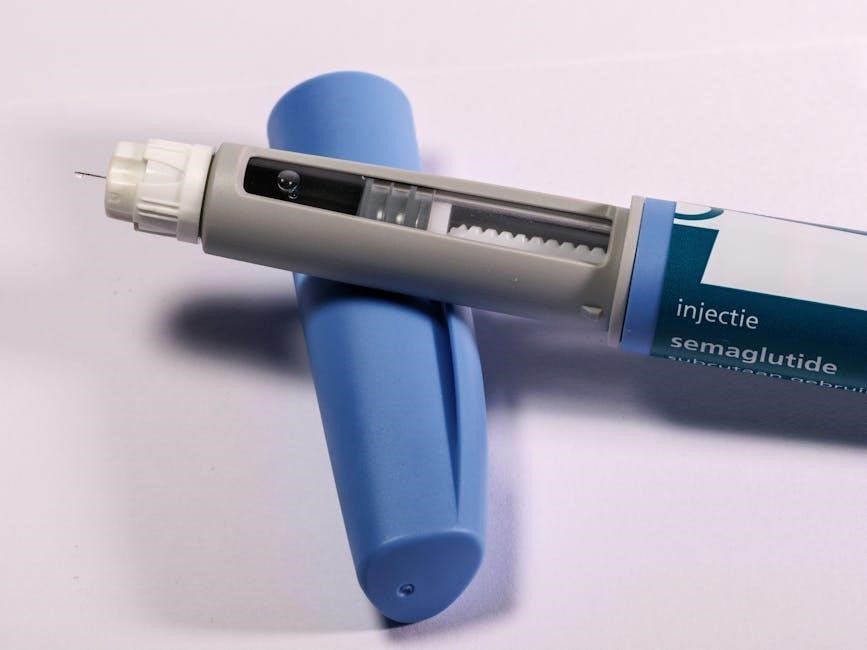Regular maintenance, including oil changes, is crucial for manual transmissions to ensure smooth gear operation and longevity. The process involves draining old fluid, inspecting components, and refilling with the correct oil type. Always refer to your vehicle’s service manual for specific instructions and recommendations to avoid damage and ensure optimal performance.

Tools and Materials Needed for the Process
Changing manual transmission oil requires specific tools and materials to ensure the job is done correctly and safely. A socket set or wrench set is essential for removing the drain plug and transmission pan bolts. A drain pan or large container is necessary to catch the old oil. Gloves and safety glasses protect against spills and debris. A torque wrench may be needed to tighten bolts to the correct specification. A car lift or jack stands are recommended for better access to the underside of the vehicle. New transmission oil, a replacement oil filter, and a gasket for the transmission pan are also required. Additional items like a funnel and rags can help with cleanup and refilling. Always consult your vehicle’s service manual for specific tools and materials recommended for your particular transmission type.

Locating the Transmission Pan and Drain Plug
The transmission pan is typically located at the bottom of the transmission. It varies in shape and size depending on the vehicle make and model. The drain plug is usually at the bottom of the pan. Always refer to your vehicle’s service manual or online diagrams for precise location details.
3.1 Identifying the Transmission Type
Identifying the transmission type is essential for a successful manual transmission oil change. Many modern vehicles feature model-specific transmissions, such as the Honda B-Series or Ford T-5. The type of transmission often determines the oil capacity and the appropriate fluid to use. To identify your transmission, consult your vehicle’s service manual or look for identification tags or numbers stamped onto the transmission casing. Additionally, online resources like transmission pan identification charts can help you match the shape and specifications of your transmission pan to the correct model. Some websites allow you to enter your vehicle’s VIN to retrieve detailed transmission information. Accurate identification ensures you use the correct oil and follow the right procedures, preventing potential damage to the transmission; Always double-check the information to avoid using incompatible lubricants or techniques.
3.2 Using Online Resources for Transmission Identification
Online resources are invaluable for identifying your vehicle’s transmission type. Websites like RealOEM or manufacturer-specific databases allow you to enter your VIN to retrieve detailed transmission information. Platforms such as transmission pan identification charts provide visual comparisons to help you match your transmission’s shape and specs. Forums and communities, like Reddit’s DIY or automotive groups, often share experiences and tips for identifying transmissions. Additionally, YouTube tutorials and repair guides frequently include transmission identification steps. By leveraging these resources, you can accurately determine your transmission type and ensure compatibility with the correct oil and procedures. Always cross-reference multiple sources to confirm your findings, as incorrect identification could lead to improper maintenance. These tools simplify the process, making it easier to avoid costly mistakes during your manual transmission oil change.

Draining the Old Transmission Oil
To drain the old transmission oil, locate the drain plug at the bottom of the transmission pan. Use a socket wrench to remove the plug, allowing the fluid to flow into a drain pan. Be cautious of the fluid’s temperature and ensure proper disposal. Always refer to your vehicle’s manual for specific instructions.
4.1 Safety Precautions During the Draining Process
When draining the transmission oil, it’s essential to take several safety precautions to avoid accidents and ensure a smooth process. First, make sure the vehicle is on level ground and securely supported by jack stands to prevent it from rolling or shifting. Always wear protective gloves and eyewear to protect yourself from potential splashes of hot oil. If the transmission has been in use recently, the oil may be hot, so handle it with care to avoid burns. Never drain the oil onto the ground or into storm drains, as it can harm the environment. Have a drain pan or a leak-proof container ready to catch the old fluid and ensure proper disposal. Additionally, consult your vehicle’s service manual for specific instructions and warnings related to your particular transmission type.

Removing the Transmission Pan
Removing the transmission pan is a critical step in changing the manual transmission oil. Start by locating the pan, which is typically bolted to the bottom of the transmission. Use a socket wrench to loosen the bolts in a star pattern to avoid warping the pan. Once the bolts are removed, carefully pry the pan loose using a flathead screwdriver or a specialized tool. Be prepared for any remaining oil to drain out completely. Inspect the pan for any debris or old gasket material and clean it thoroughly before reinstallation. If the gasket is damaged, replace it to ensure a proper seal. Apply a thin layer of gasket sealer around the mating surface of the bell housing for added protection. Slide the upper casing back into place and tighten the bolts in the reverse order of removal to ensure even pressure distribution. Always wear gloves and eyewear for protection during this process.

Inspecting and Replacing the Transmission Filter
Inspecting and replacing the transmission filter is a vital step in maintaining your manual transmission’s health. Locate the filter, usually attached to the transmission pan or near the valve body. Use a socket wrench to remove the bolts securing it. Carefully pull the filter away from the transmission housing, taking note of any clips or brackets holding it in place. Inspect the filter for debris, metal shavings, or excessive wear. If damaged or clogged, replace it with a new one. Clean or replace any gaskets or seals to ensure a tight fit. Reinstall the filter by reversing the removal process, ensuring all bolts are tightened evenly using a torque wrench. If the filter appears clean and undamaged, simply reinstall it without replacement. Always wear gloves and eyewear for protection during this process. Consult your vehicle’s service manual for specific filter replacement recommendations.

Refilling the Transmission with New Oil

Refilling the transmission with new oil is a critical step to ensure proper lubrication and functionality. Use a high-quality transmission fluid recommended by your vehicle’s manufacturer. Position a funnel in the filler hole, typically located on the top or side of the transmission. Pour in the new oil slowly to avoid spills. Refer to your service manual for the correct fluid capacity and type. Once the oil reaches the recommended level, replace the filler plug securely. Start the engine and shift through all gears to circulate the new oil. Check for leaks around the filler plug and transmission pan. Ensure the vehicle is on level ground during this process to get an accurate oil level reading. Proper refilling ensures smooth gear transitions and prevents damage to internal components. Always double-check the oil level with the dipstick or according to the manual’s instructions.

Reassembly and Cleanup
After refilling the transmission with new oil, the next step is to reassemble the components. Start by replacing the transmission pan and ensuring the gasket is properly seated to prevent leaks. Tighten the bolts in a star pattern to avoid warping the pan. Once the pan is secure, reconnect any sensors or wiring that were disconnected. Clean the area around the transmission to remove any dirt or old fluid residue. Use a rag to wipe down the transmission pan and housing, ensuring no debris remains. Check for any signs of leaks around the drain plug and filler hole. Dispose of the used oil and filter responsibly, following local regulations. Finally, wash your hands thoroughly and clean any tools used during the process. Proper reassembly and cleanup are essential to maintain the transmission’s performance and prevent contamination of the new oil.

Maintenance Tips for Manual Transmissions
To keep your manual transmission running smoothly, regular maintenance is essential. Always use the correct type of transmission oil, as specified in your vehicle’s manual, to ensure optimal performance and prevent damage. Check the oil level periodically, similar to engine oil, and top it off if necessary. Inspect the transmission filter during oil changes and replace it if dirty or clogged to maintain proper fluid flow. Monitor for signs of wear, such as leaks, unusual noises, or difficulty shifting gears, and address these issues promptly. Avoid extreme driving conditions, like rapid acceleration or excessive heat, which can strain the transmission. Finally, consider scheduling professional maintenance every 30,000 to 60,000 miles to identify and fix potential problems early. By following these tips, you can extend the lifespan of your manual transmission and ensure reliable operation.
Changing the manual transmission oil is a straightforward process that, when done correctly, can significantly extend the life of your transmission. Regular maintenance ensures smooth gear operation, prevents wear and tear, and avoids costly repairs. By following the steps outlined in this guide, from locating the transmission pan to refilling with the correct oil, you can keep your manual transmission in optimal condition. Remember to always consult your vehicle’s service manual for specific recommendations and to address any unusual symptoms promptly. Proper care and attention will reward you with years of reliable performance and smooth shifting.









































































